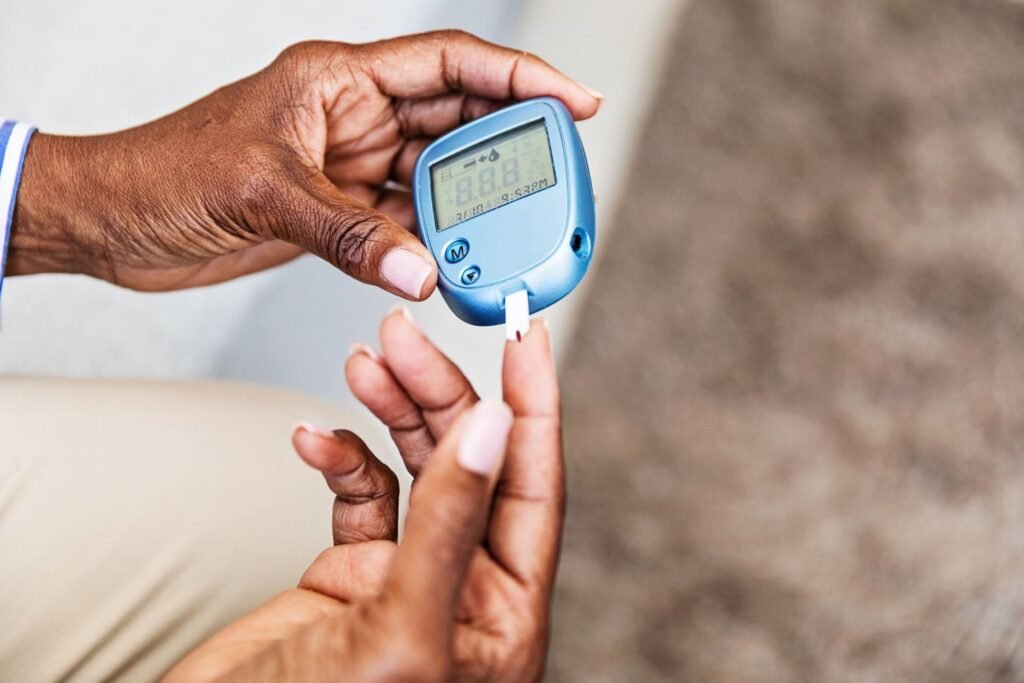Immediate action needed: global diabetes cases have quadrupled in recent decades

The number of adults with diabetes worldwide has exceeded 800 million, an increase of more than fourfold since 1990, according to new data published on the occasion of World Diabetes Day. The analysis conducted by the non-communicable diseases risk factors collaboration (NCD-RisC) shows how dangerous the spread of diabetes is globally, emphasizing the urgent need for effective measures to counter the growing incidence and close treatment gaps, especially in low-and middle-income countries.
Causes of diabetes prevalence
The world has seen an alarming rise in diabetes rates over the past three decades. This is due to several factors, the most prominent of which are the high rates of obesity, the increasing marketing of unhealthy foods, low levels of physical activity, along with economic pressures that negatively affect the health of individuals.
Diabetes rates are increasing globally
The prevalence of diabetes among adults has increased from 7% in 1990 to 14% in 2022. The largest increases in disease rates have been seen in low-and middle-income countries, where this has coincided with a significant weakening in access to appropriate treatments. In 2022, about 450 million adults over the age of thirty, representing about 59% of the total people with diabetes, remained untreated. The vast majority of these live in low-and middle-income countries.
Global disparities in treatment coverage
The study showed a significant disparity in the prevalence of diabetes globally, with the proportion of adults over the age of 18 with diabetes reaching about 20% in the regions of Southeast Asia and the eastern Mediterranean. However, these regions, along with the African Region, Record the lowest levels of treatment coverage, with less than 40% of those affected receiving blood sugar-lowering drugs.
Strengthening efforts to address the diabetes epidemic
To deal with the growing burden of diabetes, a global diabetes follow-up framework could be adopted that aims to guide countries in measuring and evaluating prevention, care and treatment efforts. This framework includes monitoring indicators such as controlling sugar levels and blood pressure, as well as improving access to Essential Medicines. With this data, countries can strengthen their strategies and channel resources to effectively improve prevention and treatment.
Future goals for diabetes control
By 2030, clear goals can be set to address diabetes, such as ensuring that 80% of people with diabetes achieve good control of their blood sugar levels. The opportunity also arises in 2025 with the convening of the fourth high-level meeting of the UN General Assembly on the prevention and control of non-communicable diseases. This meeting is an opportunity to unite international efforts to address the root causes of diabetes, improve access to diagnostic and treatment services, and strengthen primary health systems.
The fight against the global diabetes epidemic requires joint commitment and effective policies focused on improving lifestyles, promoting access to universal health care, and providing affordable medicines, especially in the most affected countries.
